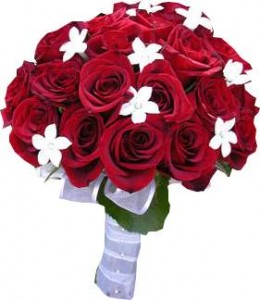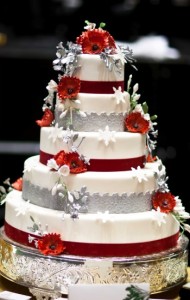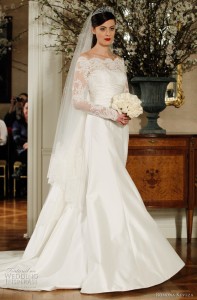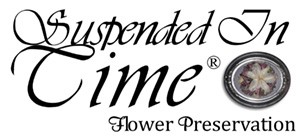
Bouquet:
For ancient Greeks and Romans, the bouquet was a pungent mix of garlic and herbs or grains. The garlic was supposed to ward off evil spirits and the herbs or grains were to insure a fruitful union. In ancient Poland, it was believed that sprinkling sugar on the bride’s bouquet kept her temper sweet.

Cake:
The wedding cake has always played an important part in the wedding. Ancient Romans broke a cake over the bride’s head to symbolize fertility or abundance. Many other cultures dropped wheat, flour or cake on the bride’s head, and then ate the crumbs for good luck. The early British baked baskets of dry crackers, and every guest took one home after the wedding. In medieval times, guests brought small cakes and piled them on a table. The bride and groom then attempted to kiss over the cakes. Eventually, a young baker decided to put all the cakes together and cover them with frosting, thus the tiered wedding cake was born.

Dress:
Traditionally, brides did not wear white wedding gowns. Through the 18th century, most brides just wore their Sunday best to their wedding. Red was a favorite during the Middle Ages in Europe. Other colors were worn for symbolic reasons: blue meant constancy and green meant youth. As years passed, white was worn as a symbol of purity. Today, white merely symbolizes the wedding and is worn by any bride, no matter if it is their second marriage.

Honeymoon:
The first weddings comprised of a groom taking his bride by capture. He would take her somewhere hidden away so her relatives and villagers couldn’t find them. There they stayed for one moon phase and drank mead, a wine make from honey, to make them more amorous. Thus, the word “honeymoon” was born. Today, the honeymoon is the time when the couple can get away for awhile.
